On a very wet and rainy day in late June, I visited the ruins of Wolvesey Castle. I had previously visited several years ago, but I lost my photographs at some point. Wolvesey Castle was the 10th century palace of residence of the Bishop of Winchester, and the ruins are also referred to as "Old Bishop's Palace". The bishop had the highest religious power and also a high level of political power, and their estates spanned to Somerset; they were extremely wealthy. "Wolvesey" (known as Wulveseye) is translated as "Wolf's Island". The ruins date from the 1100s, but the first palace on the site would have dated from 970.
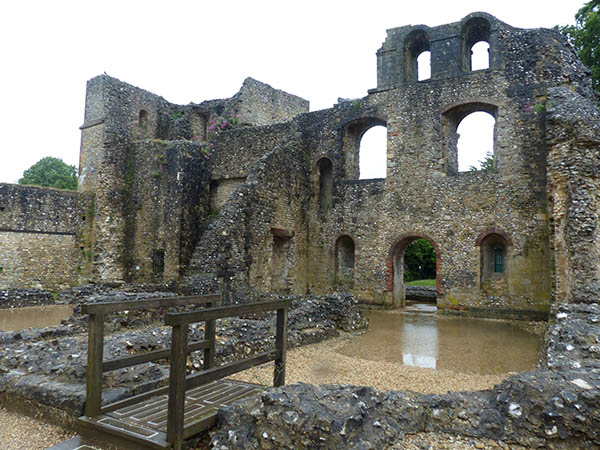
Wolvesey Castle is located near the River Itchen and inside the old city walls. The river used to divert into two wide channels, but this was changed by the Romans in 70AD, who used the river to create a moat, and prevented flooding. In medieval times, the river was at least twice as wide as it is today. Along this river is a pleasant walk, and visitors can see a surviving part of the old Roman wall along the river here. The wall dates from the 3rd century, and it is the only surviving part of the Roman wall that can be seen today in Winchester. There are also pleasant gardens with rose bushes.
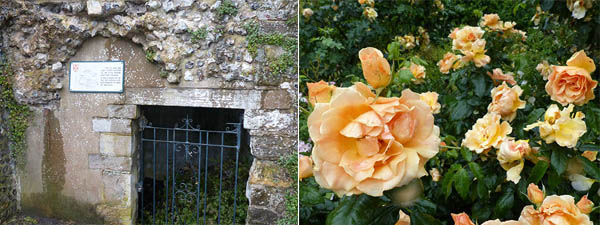
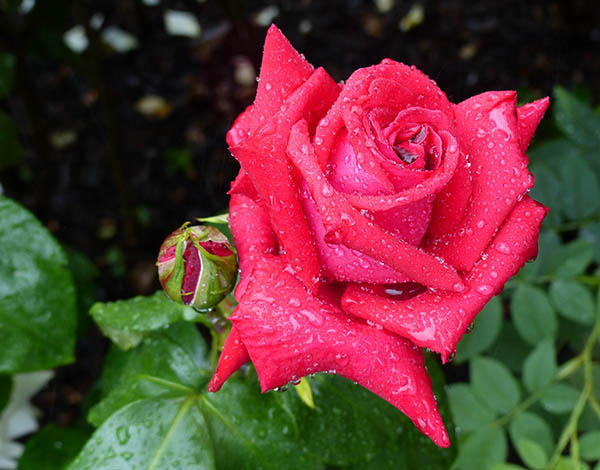
Further along the river and old wall, the pathway bends a corner and leaves the river behind. Not far along here is the entrance. The site of the Bishop's Palace (Wolvesey Castle) contained stables, barns, storage of wool, a prison, and other buildings in a courtyard. The original entrance was through the old city walls located nearly where the entrance is to the present day. The new palace (which is private and cannot be toured) is next to the present ruins and was a replacement for the old palace, and it was built in the 1680s.
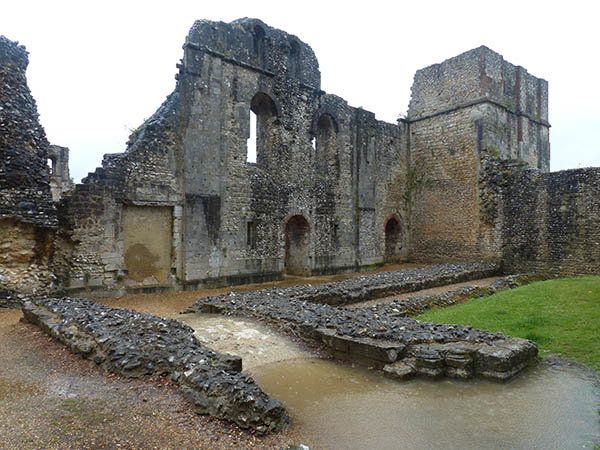
The palace was rebuilt in the late 1600s because it was heavily damaged during the English Civil War. The original ruins date from the 1100s.
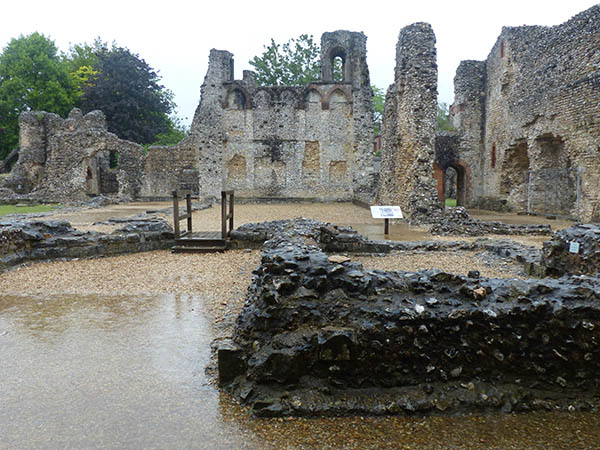
The east hall was designed for larger groups and assemblies, and it was built on a grand scale 27 meters long and designed lavishly. The boards throughout the location mention several key pieces of history and detail what the rooms are. The rooms are marked with gravel inside them while areas that were not rooms (and thus courtyards) are marked by grass. One of the stories is that there was conflict between if the English King or the Spanish Queen Matilda had the right to rule. King Stephen was captured by Spain, and Bishop Henry was ready to welcome Matilda to the throne, but he disliked her attitude and then went to fight for his brother's (King Stephen's) cause. He allowed the palace to be sieged and Matilda to be captured. After the conflict, the palace had towers built and was made to appear like a powerful stronghold.
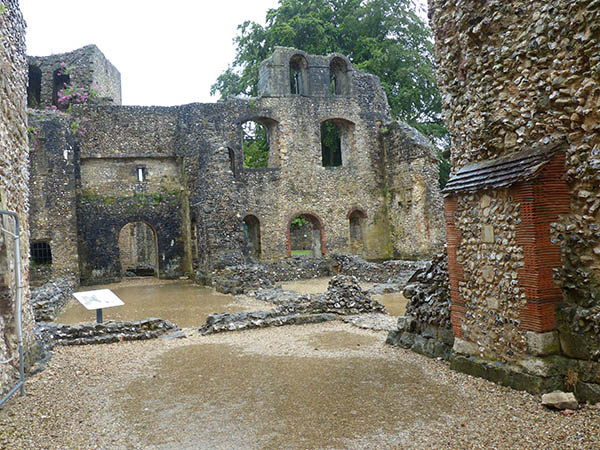

The kitchens border one side of the walls, which are actually very thin but appear to be thicker than they are from the outside.
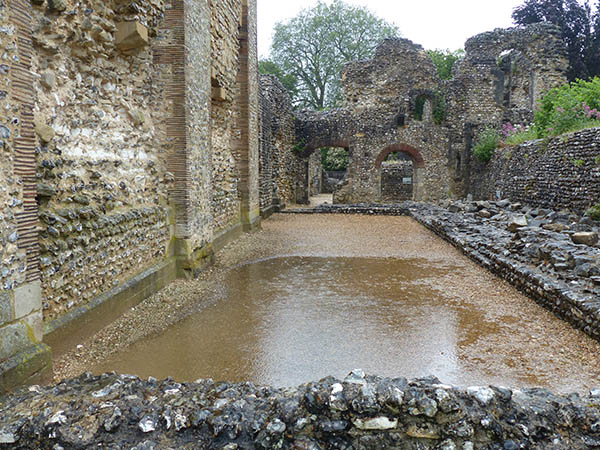
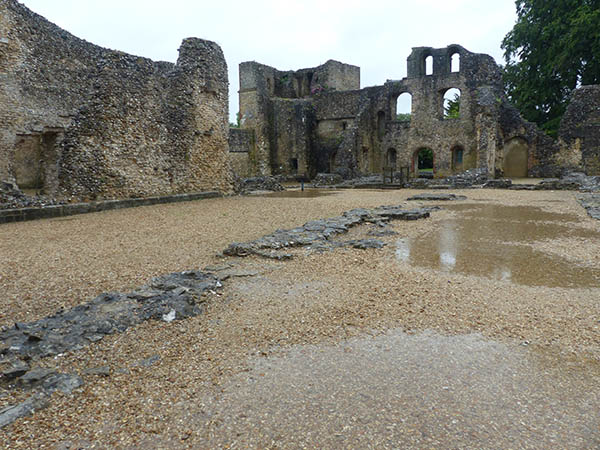
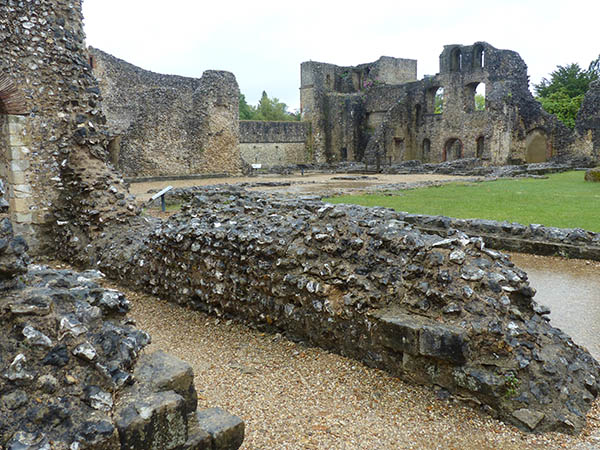
The palace had one of the earliest examples of plumbing, and the drains for this can be seen below. The drains would have been emptied into the moat that used to completely surround the castle.
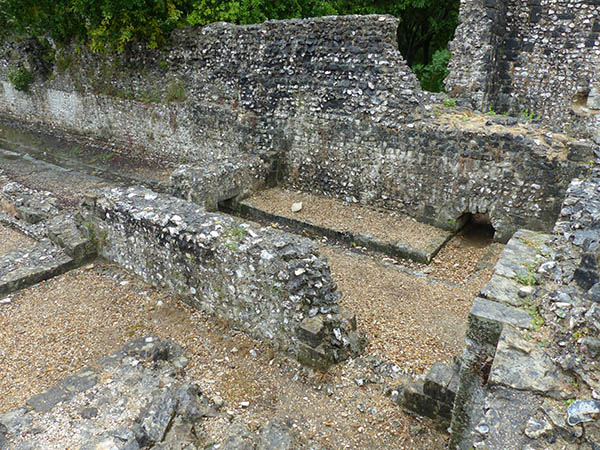
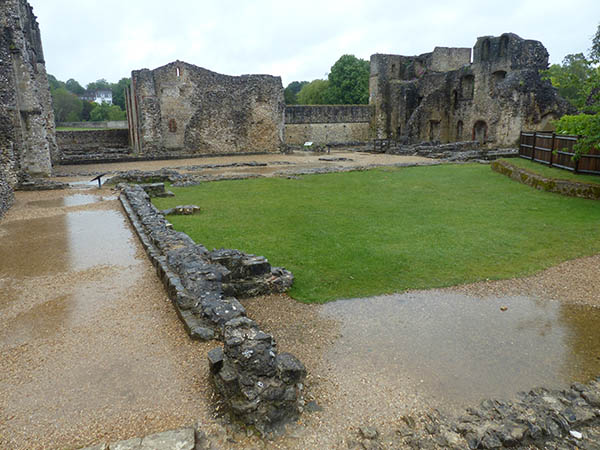

The palace was also the location of a wedding banquet of Queen Mary and Phillip II of Spain in 1554, and this was its last grand event. It was destroyed by Cromwell in the English Civil War in 1646.
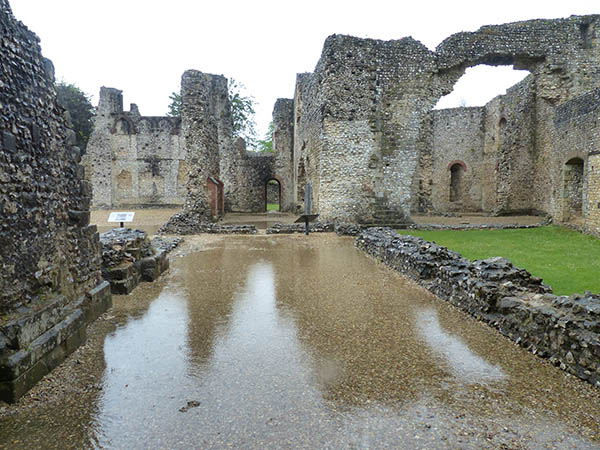
The day was really wet, and it was impossible to keep feet dry walking through some of the puddles. Hopefully those of you who have explored Wolvesey Castle or who plan to do so after reading about it and seeing the photographs have drier weather than I had on my visit.
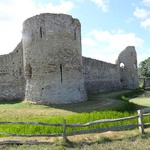

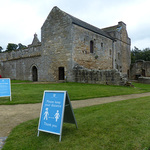
Leave a comment